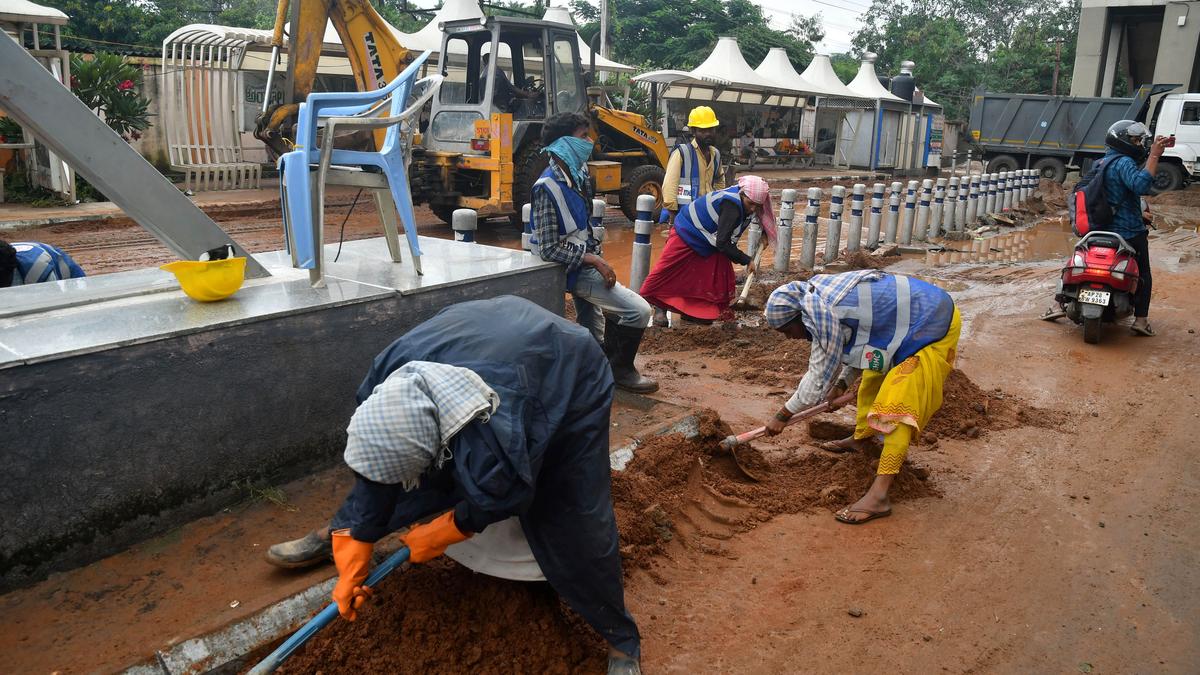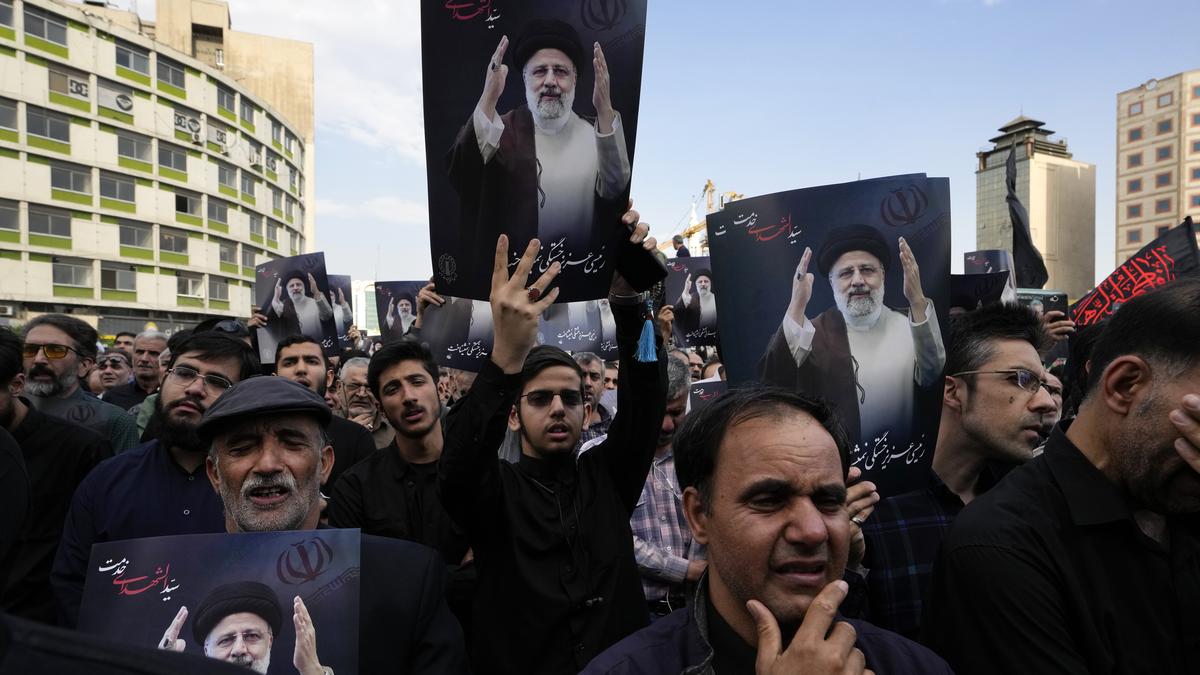At a time when ‘off-budget borrowings’ linked to the Kerala Infrastructure Investment Fund Board (KIIFB) have spurred friction in Centre-State fiscal relations, a new study has suggested that the KIIFB seriously consider avenues of revenue generation to shed the image “of a mere debt-generating State-owned enterprise”.
The study, ‘Exploring own sources of revenue for KIIFB’ published in the latest edition of the Kerala Economy journal brought out by the Gulati Institute of Finance and Taxation (GIFT), examines how the KIIFB can create a revenue source through solar power generation using the rooftop spaces of its building projects.
The specific model used in the study indicates a potential annual income of ₹82.5 crore. Roof-top solar power generation opens up income possibilities from carbon trading and sale of electricity to the grid, notes the study by Nirmal Roy V.P., Assistant Professor, GIFT, and Priyanka V., research scholar, Department of Economics, Kannur University.
“The KIIFB’s green building proposal (2021) was used to highlight the potential rooftop space and the resultant solar power generation. Even with this, it was estimated that the KIIFB’s building has a potential to raise about ₹82.5 crore annually. If solar power generation is enabled in all the rooftop spaces of the KIIFB, these figures are sure to go up,’‘ the study says.
To arrive at its conclusions concerning revenues, the study examined aspects such as the average solar radiation in Kerala, the number of clear days in a year, projections on KIIFB construction projects, the rooftop space needed to install solar cells, and the cost of solar-generated electricity.
A special purpose vehicle for raising investment for big infrastructure projects, the KIIFB has drawn criticism from the Comptroller and Auditor General and the Union government which treat its ‘off-budget’ borrowings as direct debt of the State.
This contention, which the State government objects to, arises from the latter’s allocation of petroleum cess and 50% of the Motor Vehicle Tax for servicing KIIFB loans.
The GIFT study highlights three issues in this regard; the “near absence” of income-generating financing sources for the KIIFB, sustainability of the current revenue sources, and the significance of infrastructure and its financing with regard to sustainable development goals linked to climate change, resilient infrastructure, and sustainable cities.
“The experiences of the COVID-19 pandemic period have shown that the revenue earmarked from the dedicated fuel cess and motor vehicle tax (MVT) and petroleum cess can decline, thereby impacting the debt payments,” the study notes. Such eventualities underline the need for a “dedicated, innovative and alternative revenue stream” for the KIIFB, it says.
Since the KIIFB is designed to provide critical infrastructure finance, it can add a small percentage to existing project costs, thereby converting them into green projects, the study says. “Once the KIIFB generates financing from its resources and showcases its revenue potential, then only the KIIFB can garner more borrowing to suit its mandate.”

 1 week ago
90
1 week ago
90



